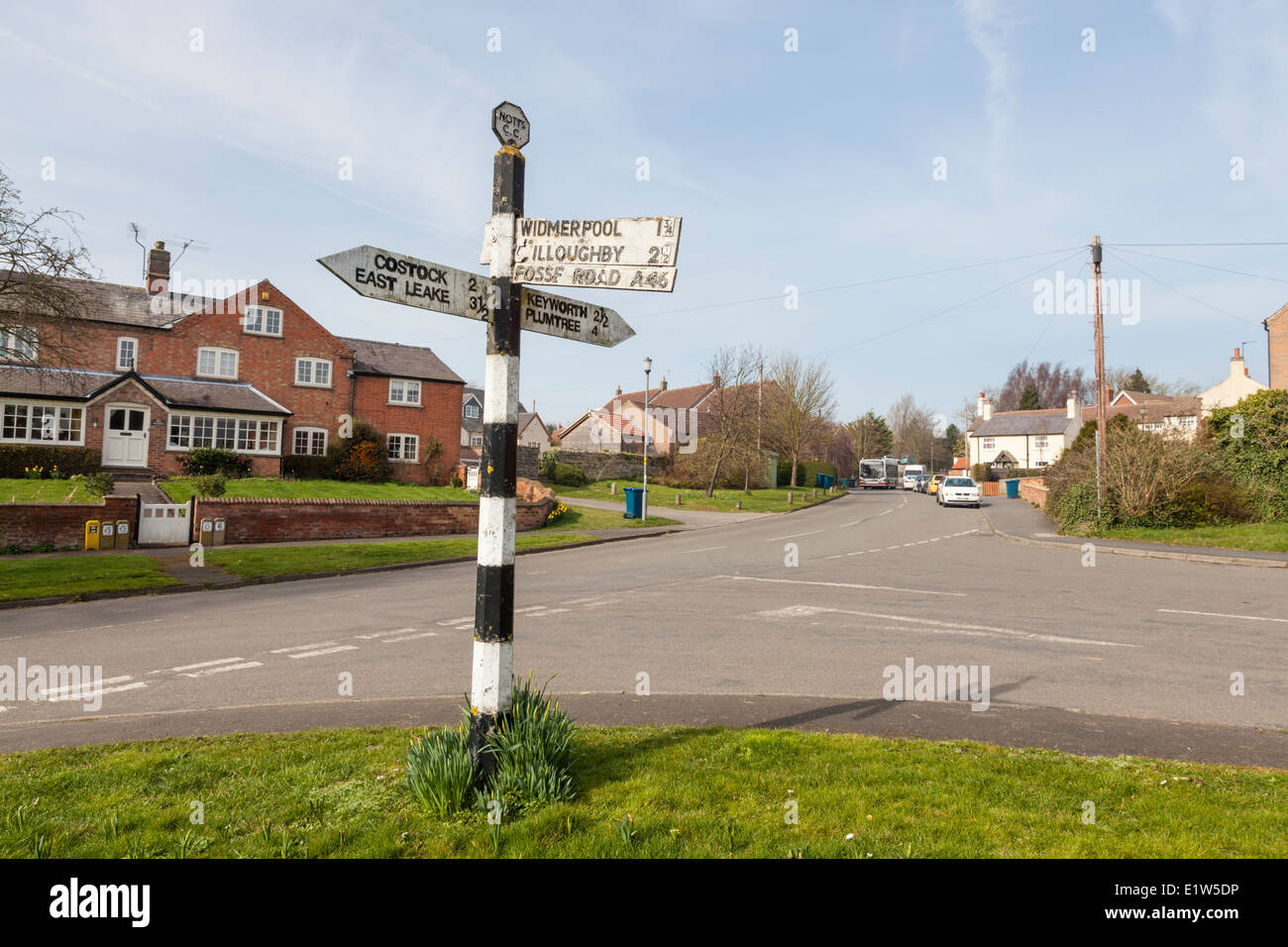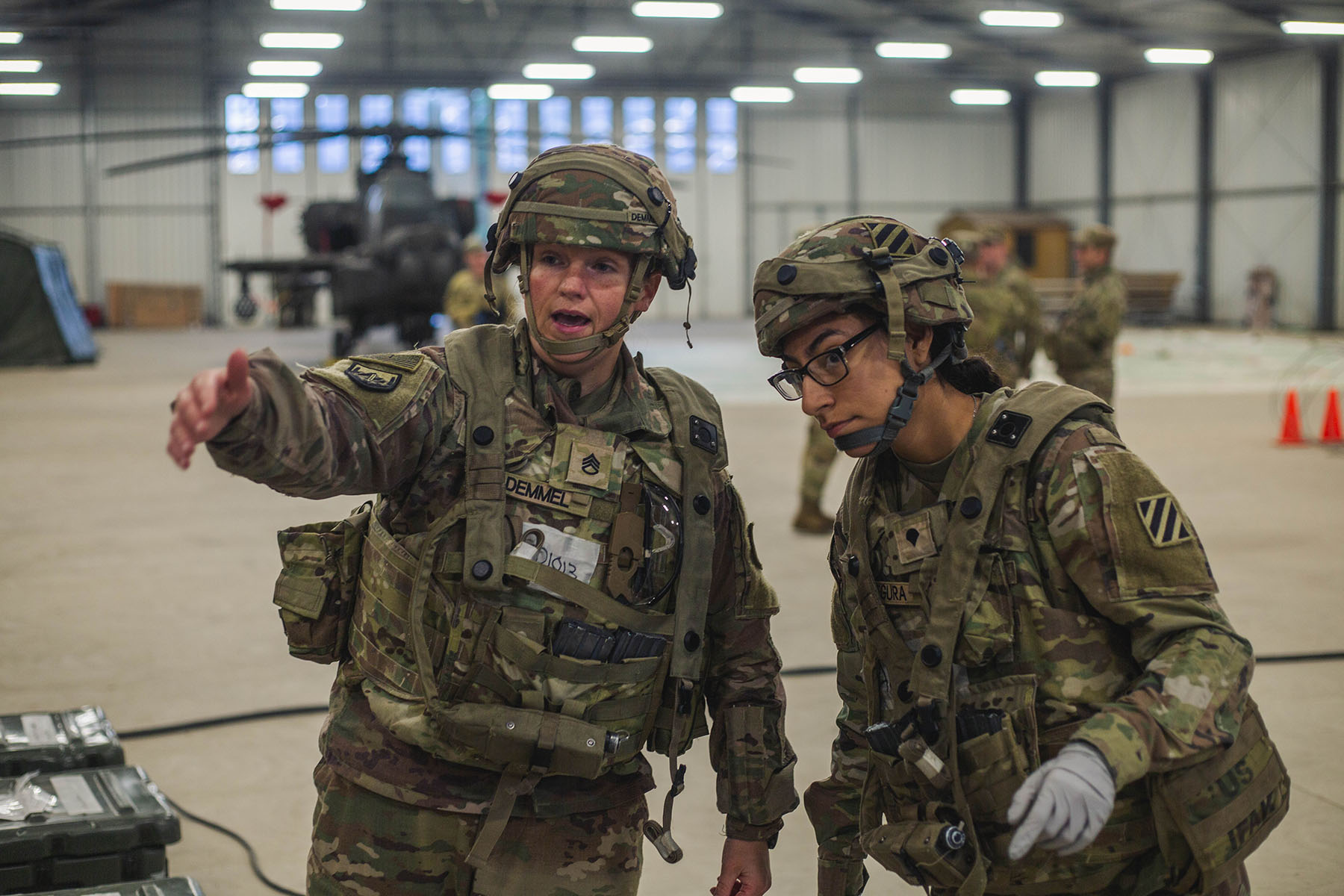Mapping the "To": Exploring the Various Landscapes of Function, Route, and Vacation spot
Associated Articles: Mapping the "To": Exploring the Various Landscapes of Function, Route, and Vacation spot
Introduction
With enthusiasm, let’s navigate by way of the intriguing matter associated to Mapping the "To": Exploring the Various Landscapes of Function, Route, and Vacation spot. Let’s weave fascinating info and provide recent views to the readers.
Desk of Content material
Mapping the "To": Exploring the Various Landscapes of Function, Route, and Vacation spot

The seemingly easy preposition "to" belies a profound complexity in language and thought. Removed from being a mere grammatical marker indicating course or objective, "to" acts as a linguistic bridge connecting disparate parts, shaping narratives, and revealing the underlying motivations and aspirations of people, communities, and even societies. Mapping the panorama of "to" requires exploring its multifaceted roles, from the concrete bodily journey to the summary pursuit of beliefs.
The Bodily "To": Navigation and Spatial Orientation
At its most simple stage, "to" signifies bodily motion in direction of a vacation spot. Consider the straightforward sentence: "I’m going to the shop." Right here, "to" establishes a transparent directional relationship between the topic (I) and the thing (the shop). This basic understanding of "to" is deeply ingrained in our cognitive processes, important for navigating our bodily world. From historical cave work depicting searching routes to trendy GPS techniques guiding us by way of metropolis streets, the idea of "to" has been instrumental in human spatial understanding and exploration. The event of cartography, the science of mapmaking, is intrinsically linked to this understanding. Maps themselves are visible representations of "to," illustrating pathways, distances, and the relationships between totally different areas. The evolution of maps, from rudimentary sketches to stylish digital fashions, displays our rising capability to know and characterize the bodily "to."
Moreover, the bodily "to" transcends easy point-to-point navigation. It encompasses the broader idea of journey, involving not simply the vacation spot but in addition the method of getting there. Take into account a pilgrimage to a sacred web site. The journey itself holds significance, reworking the traveler’s understanding of the vacation spot and their very own place on the planet. The bodily "to" on this context turns into imbued with non secular and emotional weight, highlighting the profound connection between motion and private transformation.
The Summary "To": Function, Intention, and Aspiration
Past the bodily, "to" extends its attain into the realm of summary ideas, signifying objective, intention, and aspiration. "To succeed," "to know," "to like"—these phrases illustrate the preposition’s capability to articulate targets, wishes, and motivations. This summary "to" is essential in understanding human conduct, because it reveals the underlying drives that form our actions and selections. It permits us to articulate our intentions, to speak our goals, and to set targets for ourselves and others.
The summary "to" can be basic to planning and goal-setting. Breaking down large-scale targets into smaller, manageable steps entails repeated use of "to." For instance, "to write down a novel" is perhaps damaged down into "to create an overview," "to write down a primary draft," "to revise the manuscript," and "to submit it to a writer." This hierarchical construction, reliant on the repeated use of "to," demonstrates the preposition’s function in structuring our intentions and orchestrating advanced actions.
Furthermore, the summary "to" performs a significant function in defining our identities and relationships. "To be a health care provider," "to be a guardian," "to be a pal"—these phrases spotlight the aspirational and defining features of our roles and duties. Our sense of self is commonly formed by the targets we attempt "to" obtain and the relationships we attempt "to" domesticate. The summary "to" thus turns into a key factor in understanding private identification and social interplay.
The Temporal "To": Deadline, Length, and Future Orientation
"To" additionally performs a vital function in marking temporal relationships. Phrases like "to the top of the 12 months," "to the following assembly," or "to the purpose of exhaustion" exhibit the preposition’s capability to specify deadlines, durations, and temporal limits. This temporal "to" is important for organizing our lives, scheduling occasions, and setting timeframes for tasks. It permits us to construction our expertise of time, giving us a way of development and offering a framework for planning and anticipation.
The temporal "to" additionally connects us to the longer term, permitting us to challenge ourselves ahead in time and anticipate future occasions. The power to ascertain a future state, to anticipate a "to-be" situation, is a basic facet of human cognition. This future orientation, usually expressed utilizing "to," is essential for setting long-term targets, making knowledgeable selections, and navigating the uncertainties of life.
The Relational "To": Connection, Attribution, and Belonging
Lastly, "to" can set up relational connections, attributing actions, qualities, or possessions to people or teams. "To err is human," "the e book belongs to me," "the present is to you"—these examples present how "to" signifies possession, belonging, and attribution. This relational "to" helps us perceive the connections between entities, establishing relationships of possession, duty, and affiliation.
This relational facet of "to" extends to social constructions and hierarchies. "To the king," "to the corporate," "to the group"—these phrases spotlight the relationships of allegiance, obligation, and belonging inside social techniques. Understanding the relational "to" is essential for navigating social interactions and comprehending the dynamics of energy, authority, and duty.
Conclusion: The Ubiquitous "To"
In conclusion, the seemingly easy preposition "to" reveals a wealthy and multifaceted panorama of which means. From the concrete physicality of course to the summary realms of objective, aspiration, and relationship, "to" acts as a basic constructing block of language and thought. Mapping this panorama, exploring the various methods by which "to" shapes our understanding of the world, reveals its profound affect on our navigation of bodily area, our pursuit of non-public targets, our group of time, and our understanding of social connections. The ever-present presence of "to" in our language underscores its basic function in shaping our expertise and understanding of the world round us. It’s a linguistic compass, guiding us not solely by way of bodily area, but in addition by way of the advanced terrain of human expertise, intention, and aspiration. Additional analysis into the semantic and cognitive features of "to" guarantees to unlock even deeper insights into the structure of human language and thought.








Closure
Thus, we hope this text has offered invaluable insights into Mapping the "To": Exploring the Various Landscapes of Function, Route, and Vacation spot. We thanks for taking the time to learn this text. See you in our subsequent article!